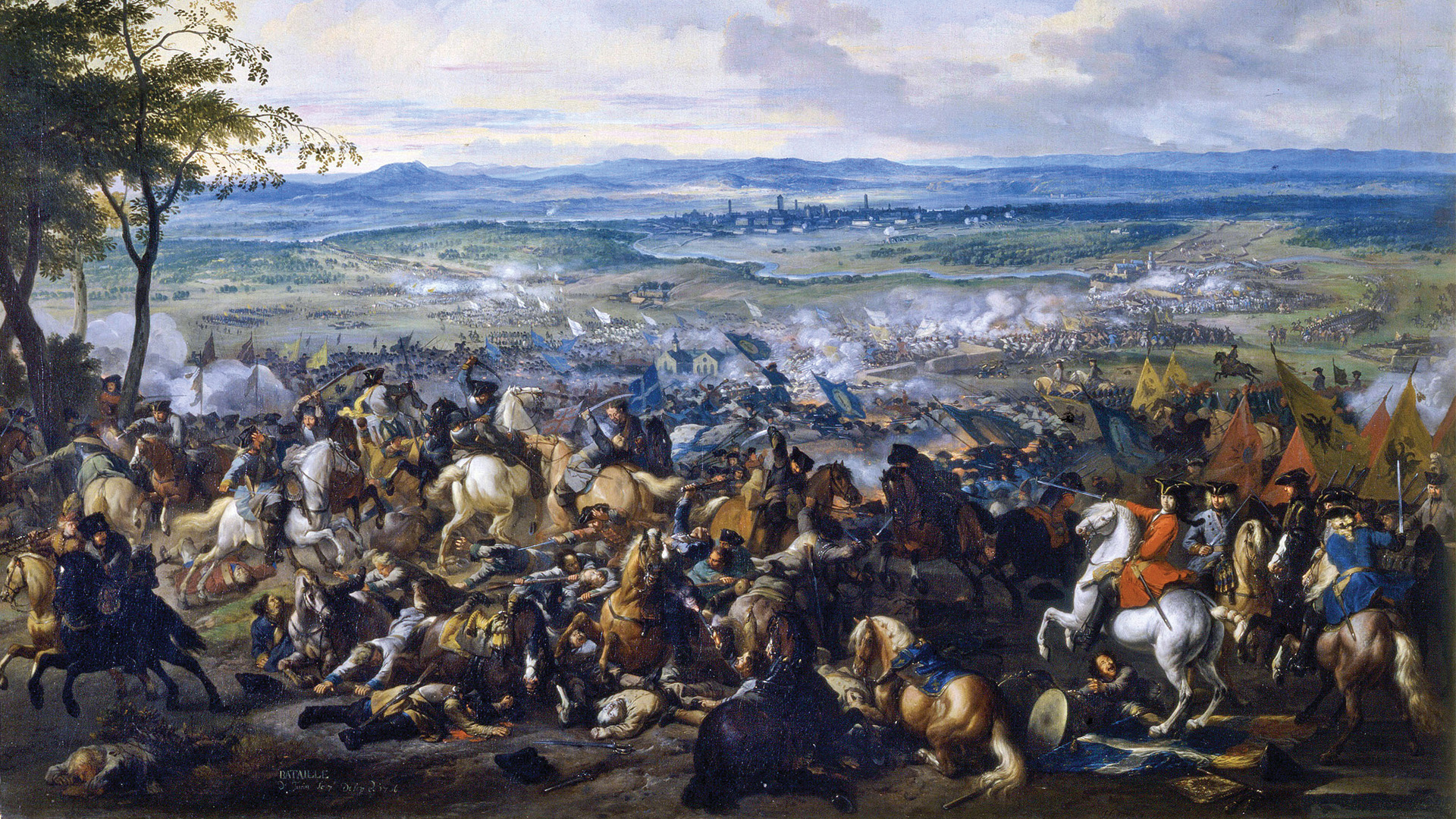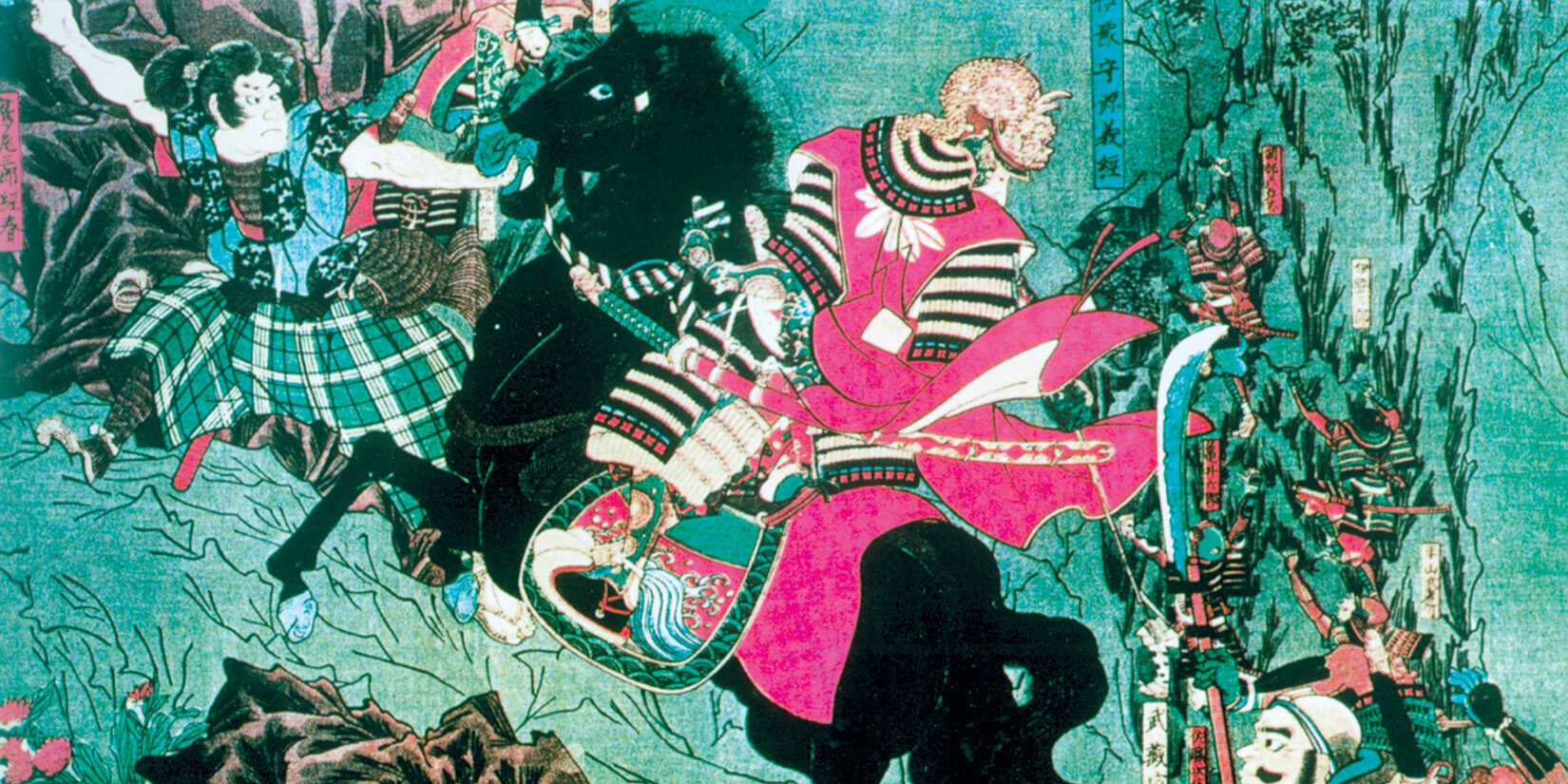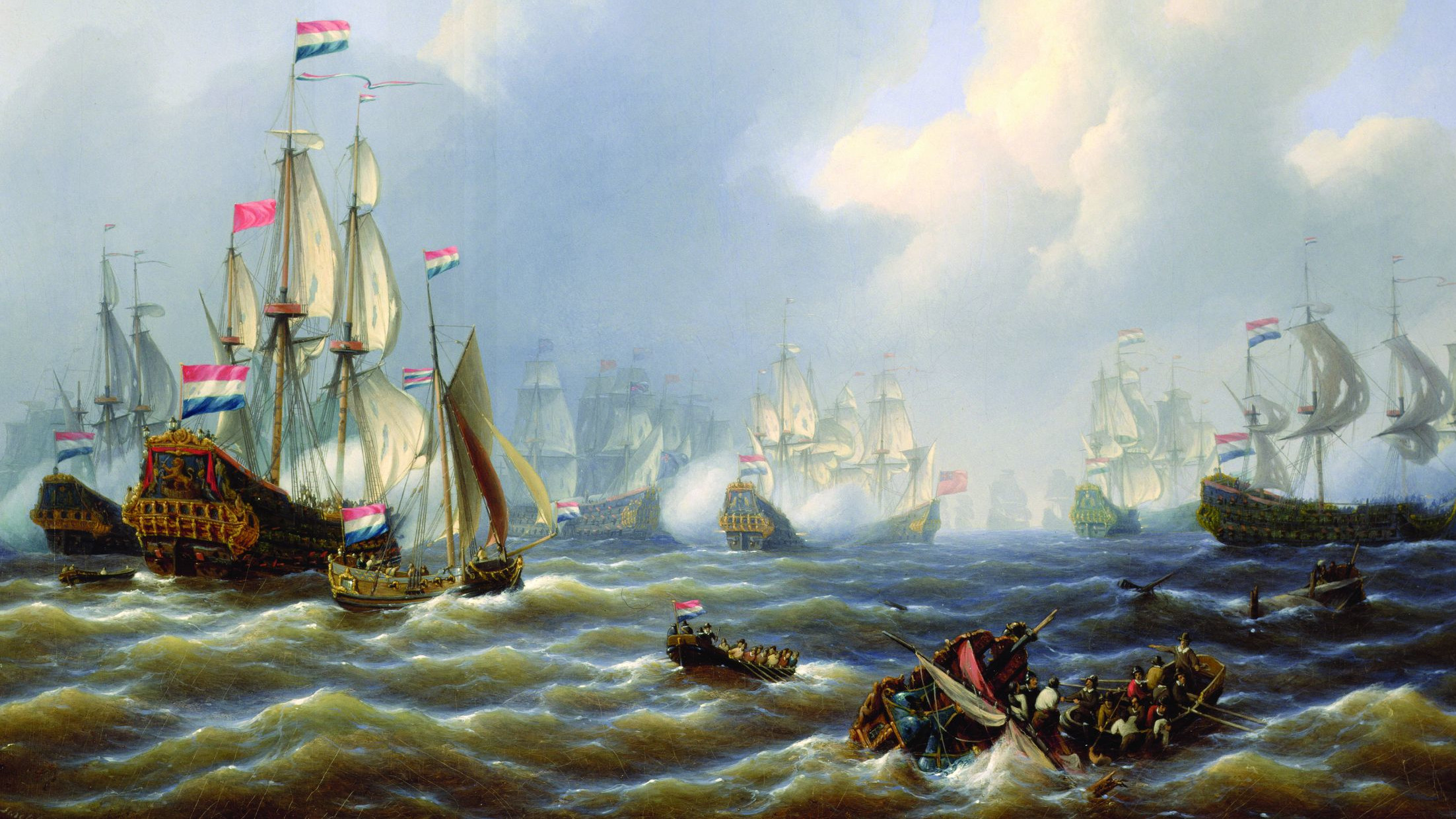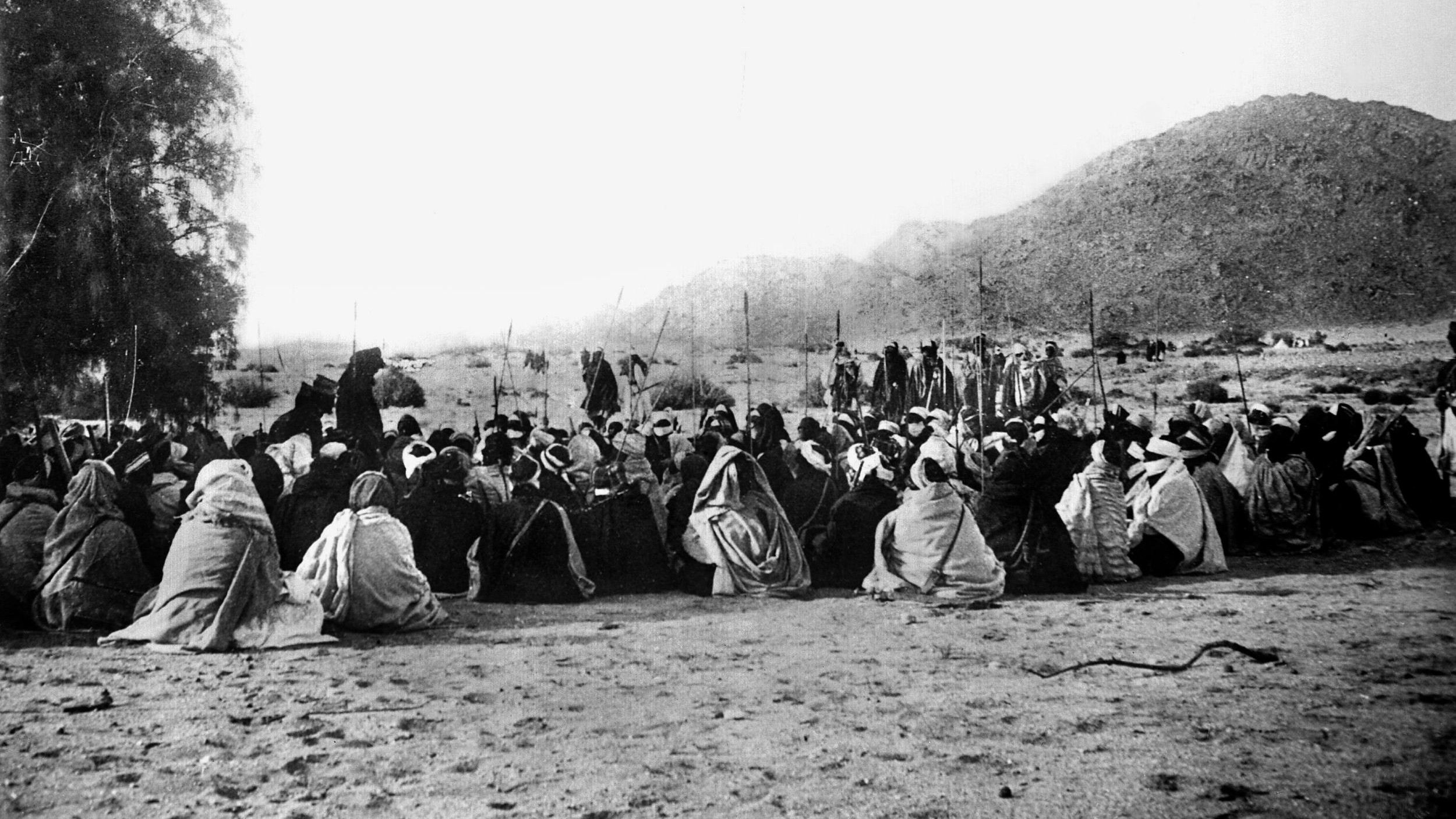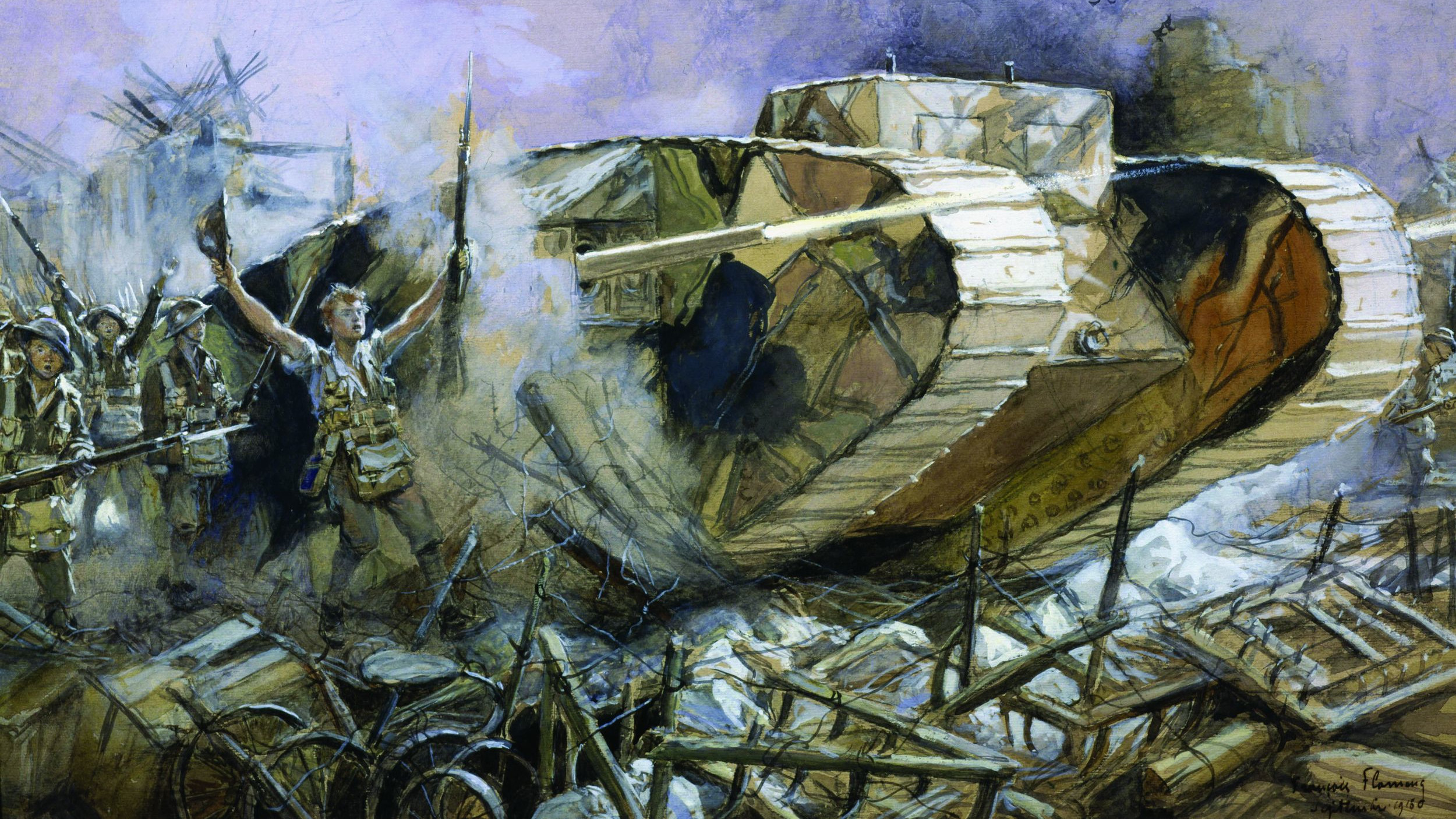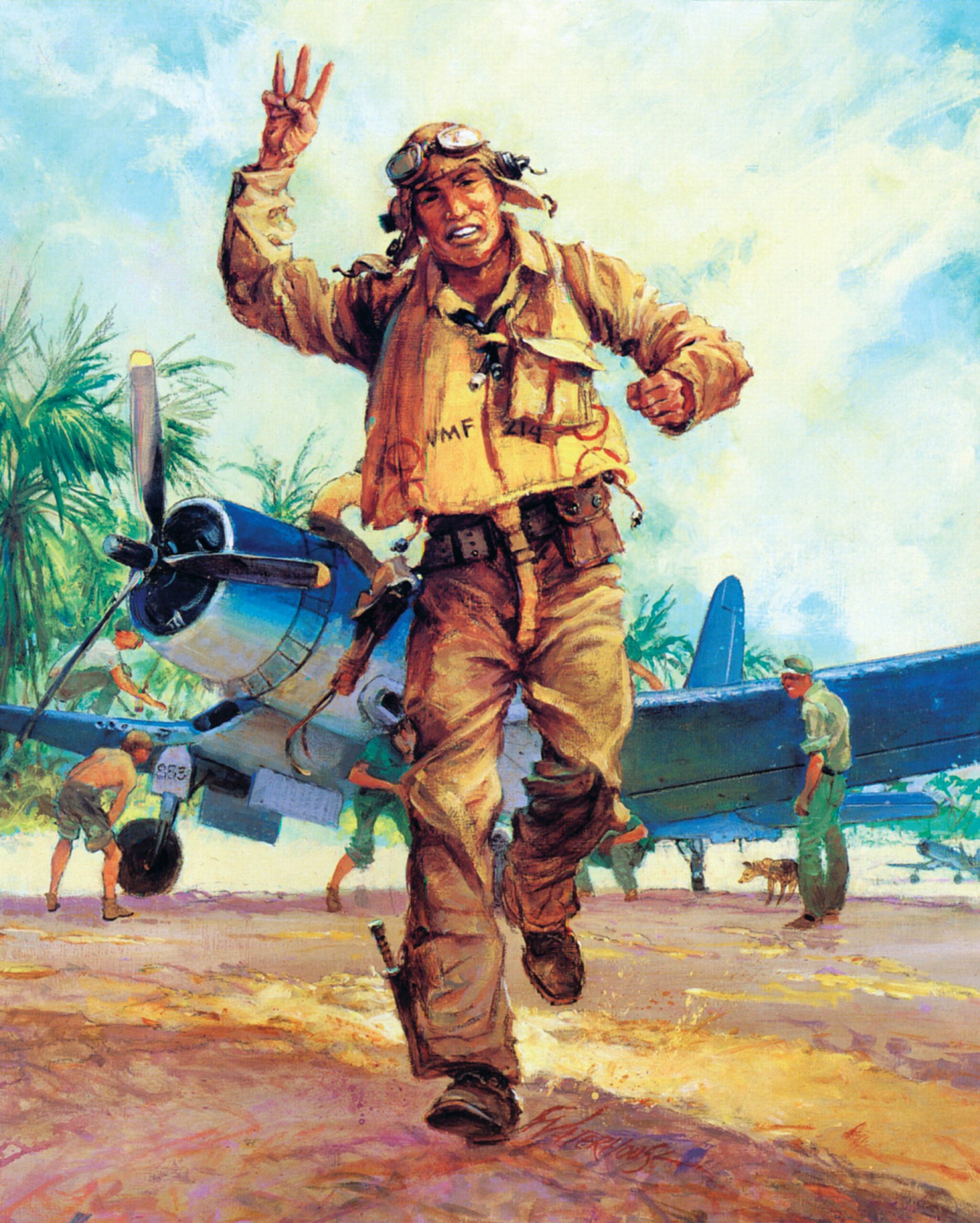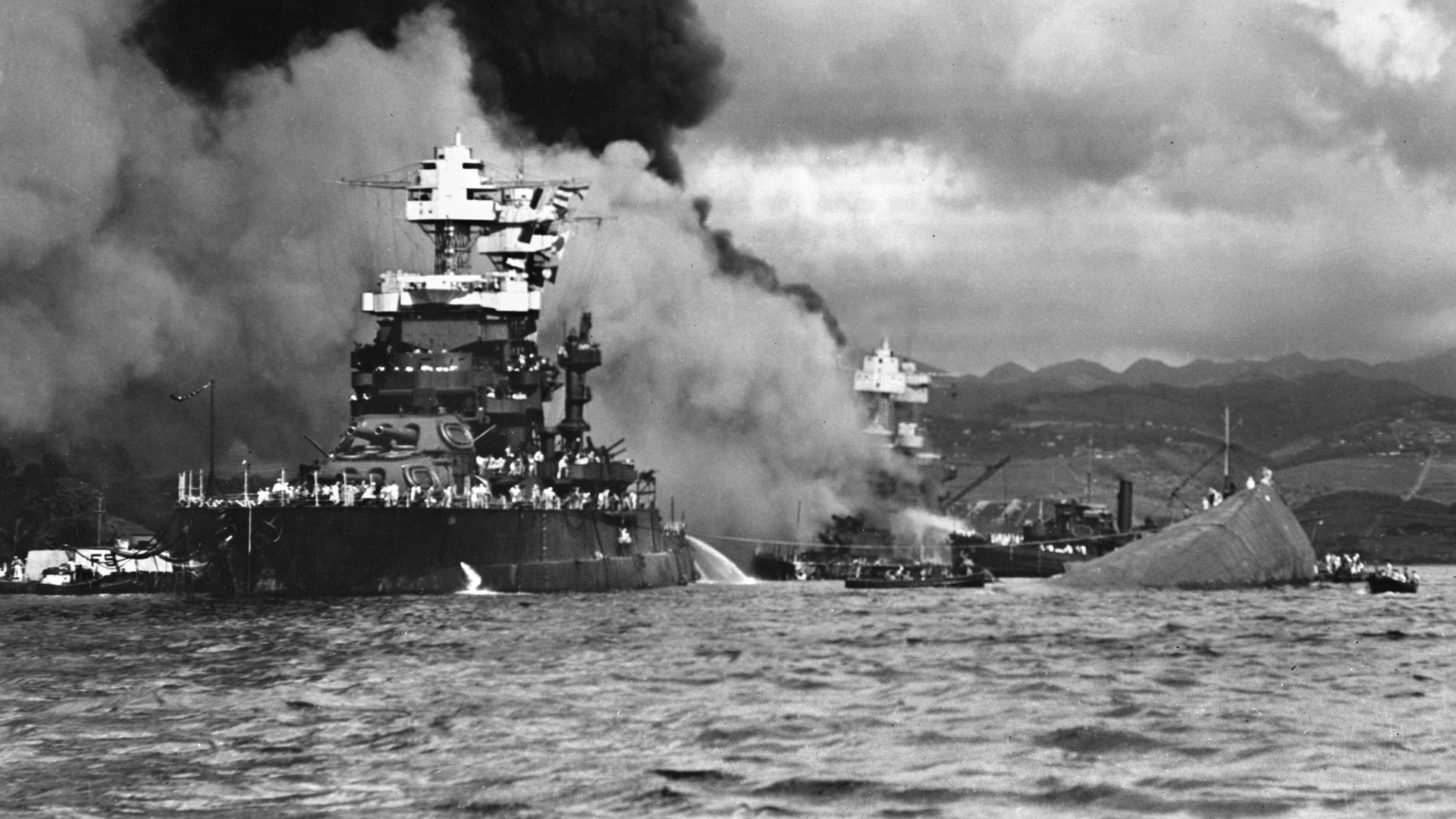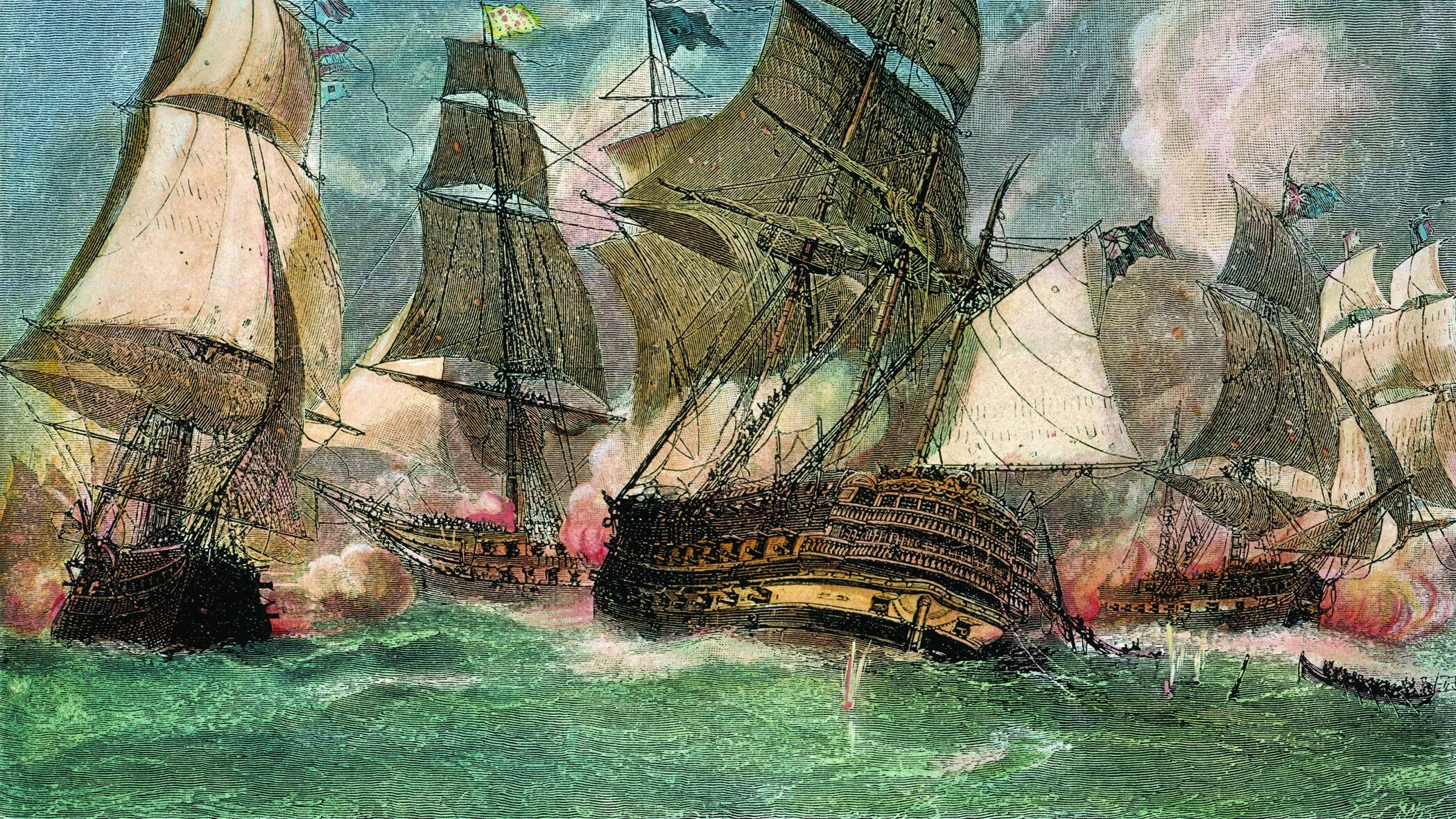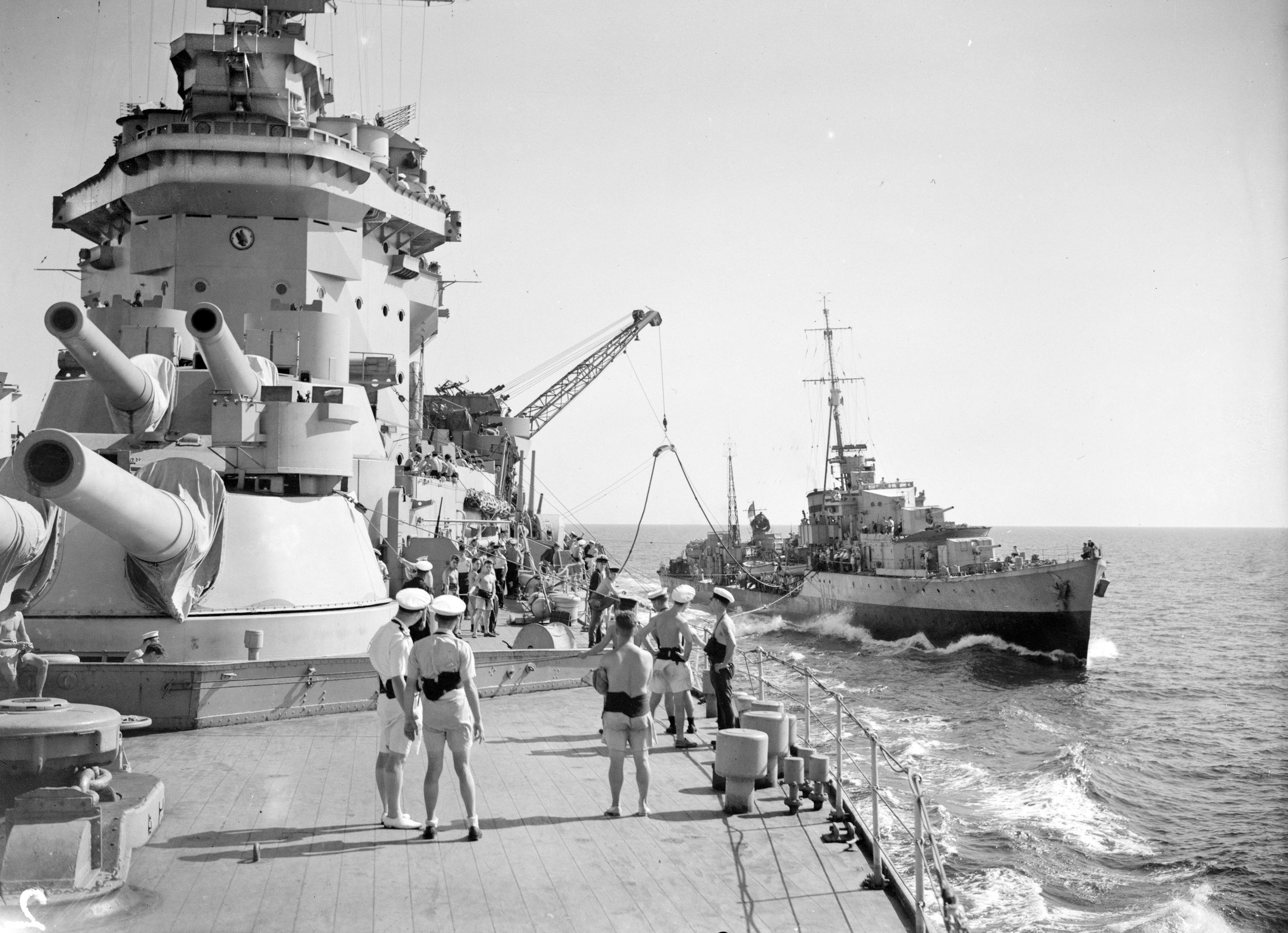By David A. Norris
Deep in a brick-lined tunnel, grenadiers of the army of Louis XIV hacked at a sturdy wooden door. The door gave way, and the grenadiers rushed through. They were inside a warren of tunnels underneath the defenses of the city of Turin. They could be reinforced in just minutes by hundreds of troops. The invaders could then spread out through the city and its massive citadel, prying it loose from the clutch of the Grand Alliance. But just as they stepped through the door, they saw they were not alone. There was Private Pietro Micca, one of the hundreds of soldiers of the army of Victor Amadeus, Duke of Savoy. Micca had a smoldering match, a short length of fuse, and a barrel of gunpowder. He was there to thwart the aims of the Imperialists. Because of Micca, Turin would not fall to the Sun King that fateful night in 1706.
The death of King Charles II of Spain plunged Europe into crisis in late 1700. Leaving no children, Charles willed the throne of Spain to Philip, Duke of Anjou. Philip was the grandson of Louis XIV. His accession would unite the most powerful nation in Europe, France, with Spain, which while in decline was still a first-rank European and colonial power.
To prevent the melding of the armies and fleets of France and Spain, Louis XIV’s main enemies on the European continent had formed a coalition known as the Grand Alliance. The principal participants were the Holy Roman Empire, which was ruled by its Austrian monarch Emperor Leopold I, Great Britain, and the Netherlands. They would soon be joined by Portugal, Prussia, and various other states whose rulers also feared the vast increase in Louis XIV’s power. The Grand Alliance’s preferred candidate for the Spanish throne was Archduke Charles, son of Leopold I.
When the War of the Spanish Succession broke out in 1701, Spain sought to keep control of Milan and Mantua, northern Italian territories the Austrians wanted to secure their southern possessions. Savoy, an important power in the region ruled by Duke Victor Amadeus II, at first sided with France.
In the early 1700s, the Duchy of Savoy included the larger Italian state of Piedmont. The latter, a large, prosperous region with fertile fields, was so important that the dukes had long since moved their capital to Turin. By the early 1700s, Turin had a population of 40,000. On the west bank of the Po River, Turin protected the route from Lombardy to the Alpine passes of Mont Genevre and Mont Cenis.
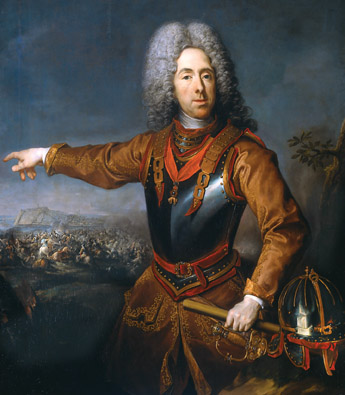
Victor Amadeus was a reluctant ally of Louis XIV. He broke with France in 1703 and joined the Alliance. This placed him on the same side with his cousin, the great military commander Prince Eugene.
Had fate moved differently, Prince Eugene might well have served Louis XIV instead of plaguing him with defeats. Born in Paris, he was the son of Eugene-Maurice, the Comte de Soissons, and Olympia Mancini, the niece of Louis XIV’s adviser Cardinal Mazarin. But the French king denied young Eugene a commission as an army officer, having decided he was better fitted for a career in the church. Eugene instead went to Vienna and accepted a military commission from the Hapsburg Emperor Leopold I.
After serving in the Austrian forces that repulsed the Ottoman siege of Vienna in 1683, the prince had fought against the Turks in Hungary and then had opposed the French in the 1690s Nine Years’ War. After the outbreak of the War of the Spanish Succession, Eugene was assigned to work with English commander, Lt. Gen. Sir John Churchill, Duke of Marlborough, in Bavaria. Together, they won the decisive Battle of Blenheim in 1704.
When campaigning began with the arrival of spring in 1706, Marlborough remained in Flanders. The responsibility for the alliance’s campaign against the French in northern Italy fell to Prince Eugene. Before operations began in Italy, the prince left the peninsula, seeking reinforcements and funds from Vienna.
Marlborough gained another great victory in Flanders at Ramillies on May 23, 1706. Within a couple of weeks, the defeated army of Louis XIV had withdrawn, leaving nearly all of the Spanish Netherlands in allied hands.
Despite the withdrawal, affairs looked promising for the French south of the Alps. By late 1705 the French controlled much of Piedmont. Their goal for the next year was to snap up the rest of Savoy and its capital of Turin. Turin already had been the target of a brief siege by 21,000 French troops in August 1705. The French commander, Marshal Louis de la Feuillade, broke off the siege but intended to return the next year with a larger army.
Two French armies campaigned in Piedmont. The first, which was commanded by the able Louis Joseph de Bourbon, Duke of Vendome, routed a smaller allied force at the Battle of Calcinato on April 19, 1706. Eugene hastened back and assembled a new force from the broken remnants of the army defeated at Calcinato and as many garrison troops as he could spare from fortified points. But he was at Gavardo, at the foot of the Alps in Lombardy. Turin was more than 150 miles by road to the west. What is more, the French held the vital crossings of the Adige, Mincio, and Oglio Rivers in the intervening territory.
The second French army, which numbered 48,000 troops with 110 heavy guns and 49 large mortars, marched to Turin. It was led by Marshal Louis d’Aubusson de la Feuillade, Duke of Roannais. The French reached the edges of the city on May 12, the very day that a solar eclipse temporarily darkened all of Europe. Many of the people inside Turin saw the dimming of the sun as a hopeful omen because the sun was the symbol of Louis XIV, who was known to the French as the Sun King.
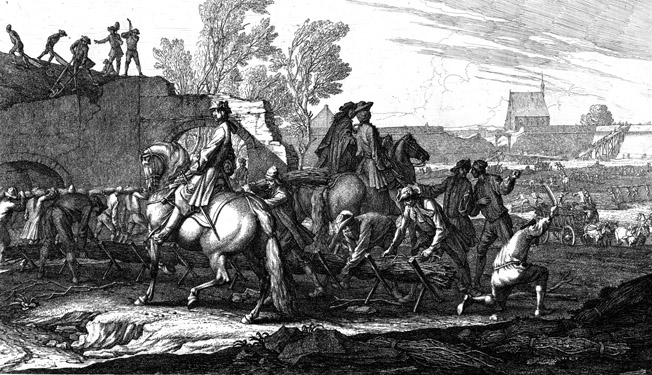
The French undertook their siege at a leisurely pace. Sappers began digging their first trench on June 3. Turin was rather loosely invested, and supplies continued to reach the city for some time. Six days later the French opened fire with 15 great siege mortars. Shells smashed into the citadel, battering the governor’s house and setting the barracks afire. Often the mortar rounds flew beyond the citadel, plunging through the roofs and floors of the buildings beyond. Giant shells crashed deep into churches, where they exploded, shattering old tombs and scattering the bones of long-dead parishioners. Civilians streamed out of the threatened districts to safer precincts out of range of the mortars.
Victor Amadeus’s wife and family managed to slip through the loose French grip on the city. They undertook an arduous journey to Genoa where they arrived safely. The Duke of Savoy, lest he become penned up and captured in the city, rode out with 6,000 men on June 17. He left command of Turin to Austrian Field Marshal Count Wirich Philipp von Daun.
In early July, Prince Eugene slipped past Vendome. Moving south from the Alps, he reached the Adige River not far from the Adriatic coast on July 5. Vendome, scrambling to catch up, moved west to cross the Mincio. Yet he failed to block the clever Eugene, who crossed the Po at Polesella on July 18 and continued toward Turin.
Because of the disaster at Ramillies, Vendome was ordered to Flanders. It was a fortunate stroke for Prince Eugene. Prince Eugene had high regard for Vendome. The able Vendome “carried with him the love, the heart, and the spirit of the French,” wrote the prince.
On the same day that Prince Eugene crossed the Po, Vendome left for Flanders. He had delayed his departure for some time in order to hand over command to the far less competent Philippe, Duke of Orleans, who was Louis XIV’s nephew. The king subsequently assigned Marshal Ferdinand de Marsin to advise his nephew.
As for the operations against Turin, Prince Eugene wrote with a touch of sarcasm in his memoir, “Luckily, thanks to the discernment of Louis XIV, la Feuillade was charged with the conduct of the siege.” A mediocre commander at best, la Feuillade rose to his high rank because his father-in-law was Michel Chamillart, Louis XIV’s minister of war.
For the previous year’s attempt to besiege Turin, la Feuillade had the advice of the era’s most talented military engineer, the aged Sebastien Le Prestre de Vauban. Well acquainted with Turin, Vauban helped plan a major renovation of the city defenses over a four-year period beginning in 1669. He recommended securing high ground near the city, taking the town next, and then blasting the citadel at close range from protected batteries. Rejecting Vauban’s advice, la Feuillade did the opposite: he aimed directly for the strongest part of the defenses, the citadel.
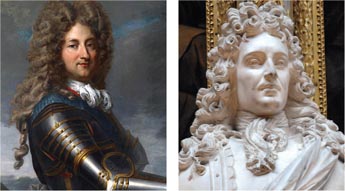
Turin would not be easily plucked. The eastern end of the city rested on the Po River. North of the city wound the smaller Dora Riparia River, and farther north, the Stura River. Both streams emptied into the Po.
Roughly egg shaped, with the smaller eastern end touching the west bank of the Po, Turin was surrounded by defensive walls that bristled with stone bastions. La Feuillade’s half-hearted siege the previous year was a clear warning to the garrison, and it sparked work to strengthen the city’s already formidable protection.
Anchoring the defense at the southeastern edge of the walls was a massive citadel that the rulers of Savoy had maintained since the 1500s. At each of its five corners, the pentagonal citadel of Turin had a massive stone bastion pointing out like an arrowhead and presenting two sides to project fire at approaching enemies. The design enabled two neighboring bastions to catch attackers in a deadly crossfire.
Between the bastions were protective works called demilunes. A bit to the front of the bastions, and at a lower level, were smaller triangular works called ravelins. Each ravelin pointed outward, with two more stone sides protecting defenders as they returned fire. The rear of each ravelin was open to the citadel, so if enemy troops took it, the captured work offered as little cover as possible. Prickling from the edges of the citadel were smaller works, called fleches, which served as small ravelins.
Inside the defenses, Daun commanded six regiments of Imperial infantry, 17 battalions of Savoyard or Piedmontese foot, 5,570 cavalry, and 1,030 artillerymen. Some of the cavalry was dismounted, and three-fourths of the artillerymen were detached from other branches of service. All told, by an allied estimate, there were 14,770 men.
An 18th-century siege moved in stages nearly as predictable as a minuet. The besieging army began with a parallel, a trench dug approximately 500 yards from the edge of the enemy works. The besiegers then dug a second parallel, followed by a third and perhaps a fourth, the last of which was placed as close as they dared to the enemy’s walls. The army moved its sappers, as well as its tools and supplies along the parallels that zigzagged across the battlefield.
At Turin, the French pushed toward the two bastions facing west away from the city. The St. Maurice Bastion was situated to the north, and the Amadeus Bastion was located to the south. As the sappers drew closer to the citadel, the defenders opened fire with little mortars called pierriers. Designed to fire stone projectiles, the pierriers of Turin lobbed cobblestones into the enemy trenches.
Chamillart wrote his son-in-law that Vauban scoffed at his conduct of the siege, and the legendary engineer even said that he was willing to have his throat cut if the citadel was taken by la Feuillade’s plans.
Work on the third parallel began on the night of June 25-26. As the visible siege works grew, a second front to the operations proceeded underground. French sappers burrowed beneath the ground toward the citadel in an effort to blow up the works protecting the bastions. Turin’s defenders were well prepared for this form of warfare. Beneath the modern and formidable fortifications was a network of tunnels that stretched for more than 9 miles. The defenders kept the brick-lined tunnels lit with lamps. Bellows pumped in fresh air as soldiers patrolled the long main corridors and side branches, listening for the sound of enemy troops digging toward them. Barrels of gunpowder were located at predetermined intervals, ready to be lit in case the French burst into the tunnels.
Up on the surface, there was a simple way to detect enemy sappers working underground. The soldiers placed a few dried peas on a drum. If the peas rattled around on the drumhead, the soldiers knew it was caused by vibrations coming from a subterranean tunnel.
As an English account of the time summed up la Feuillade’s efforts, the siege “was carried on with more obstinacy than success.” One setback after another slowed their progress. At one point, the French blew up a new mine, but they had miscalculated the necessary distance for the tunnel, and the explosion was a few yards too far away from the citadel to cause any damage. The garrison detonated a countermine on July 15, destroying some of the French tunnels and blowing a 20-foot-wide crater on the surface.
Around the outer edge of the Turin citadel ran the covered way. A shelf along the outer edge of the outer ditch, the covered way was dug just deep enough to hide a standing soldier from the garrison. He could stand on a step to fire over the parapet and then step down to safety. Taking a section of the covered way would give the besiegers a toehold in the enemy works.
At dusk on August 5, the French began a heavy bombardment of the citadel. “Their bombs appeared in the air twenty-six at a time,” wrote Lt. Gen. Comte Solar de la Marguerite. With the return fire from Turin, “the air seemed all on fire,” he added. Escorted by 20 companies of grenadiers, one dozen French engineers with a party of sappers pushed onto the covered way near the Amadeus Bastion. As the sappers tried to dig in, grapeshot poured on them from above, and enemy sappers sprang more than one mine under their feet. Although the first attackers were driven off the covered way, the French launched another assault. This time they managed to hold on and start throwing up defenses on the covered way to accommodate a couple of batteries. The attacks cost the French nearly 1,000 casualties, according to one account.
By mid-August, the French had dug a fourth parallel in the dry ditch in front of the inner glacis and constructed breaching batteries on the covered way. Pounding at close range, the cannons battered the ravelin and counterguards between the St. Maurice and Amadeus Bastions. The garrison occasionally sprang a mine under the besieging troops, sometimes wrecking a siege gun or even an entire battery.
Throughout this time, Prince Eugene drew nearer Turin. He had outmaneuvered the Duke of Orleans and Marshal Marsin, aided by his bold nature as well as rivers rendered easily fordable by a drought. His army moved at night to escape the summer heat.
Up to that point, the garrison held out well enough against the besieging army; however, its food stores were beginning to run low. A peculiar incident highlighted another of Daun’s growing perils: his supply of gunpowder was dwindling. At dawn on August 22, French sentries guarding the Po River Bridge above the city saw an inflated goat skin floating down the river. Spotting one after another, the guards pulled seven of them out of the water. Each one was “partly filled with powder, and partly blown up with wind,” in hope of smuggling gunpowder to the garrison, according to a contemporary English account.
On the night of August 26-27, the French ignited a mine that brought down sections of the counterscarp. At midnight their grenadiers rushed into the demilune. The grenadiers forged on until the attackers managed to set up a battery. All around them the ditch was a roaring inferno, with flames fed by the garrison hurling in fascines, firewood, and anything that would burn. A German visitor to Turin years later heard tales of the townspeople taking apart their roofs and even throwing in their furniture to feed the fires burning in the ditch. The continuous flames and smoke held back the French while the garrison repaired some of the damage to the walls.
Two days later, a lucky shot exploded the magazine of the French battery in the demilune. Grenades and artillery cartridges exploded, one after another, as if the noise heralded a new attack rather than the result of a single shell burst. From the citadel, the soldiers saw hats, weapons, and coats hurled high in the air. As if in contrast to the summer heat, tiny bits of shredded cartridge paper fluttered down like snowflakes. Count Daun watched the commotion from the St. Maurice Bastion. Afterward, he handed out coins to reward the gun crew who destroyed the magazine.
In the galleries below the surface, Micca and his comrades prowled on the alert for French attempts to tunnel under the walls. Their dark world would soon be invaded by the enemy.
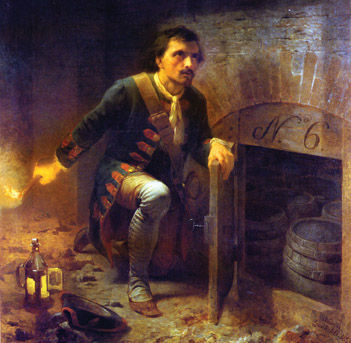
That night, after the explosion on the ravelin, French grenadiers at the bottom of the counterscarp found an entrance to the upper level of the Turin tunnels. Inside, they began battering down another door. This portal was an Achilles’ heel of the defenses. It led to a flight of steps leading into the lower levels and would admit an attacking force into the interior of the citadel.
Behind the door was Micca, another soldier (whose name is lost to history) holding a smoldering match, and a keg of gunpowder. As the French hammered the door, Micca asked his companion for the match. His comrade did not move. “Get out of here!” Micca snapped. “You’re slower than a day without bread! Let me do this, and save yourself!” The soldier hurried away, leaving Micca to light the fuse himself. Micca set a short fuse; there was no time to use a longer one.
As the door gave way, Micca touched off a massive explosion that wiped out the grenadiers at the door. Up on the surface, a four-gun battery and three companies of soldiers were thrown into the air. Micca’s dead body, it was said, was flung 40 feet down the tunnel.
Micca’s sacrifice was not forgotten. Victor Amadeus bestowed a pension on his widow and children. He is one of the few enlisted men of the 18th century who has a statue dedicated in his honor. In the mid-19th-century era of Italian unification, Micca became a symbol of Italian patriotism. Children’s books lauded him as an example of courage, and histories briefly veered from their tales of princes and generals to tell the story of an enlisted man of humble origins.
On the night after Micca’s death, a final French offensive was broken up by the garrison artillery and a countermine detonated under their feet.
Prince Eugene’s gunners fired a triple salute to welcome Duke Victor Amadeus and his army into their camp on September 1. One day later, the duke and the prince stood a mile east of the city, on a 2,200-foot rise called Superga Hill. They could clearly see the walls and rooftops of Turin, the massive citadel, and enemy siege lines sprawling around the city. That night, bright signal fires blazed atop the little mountain, alerting the garrison that help was arriving. Prince Eugene was so confident that when his steward asked where he would dine the next day, he answered emphatically, “At Turin!”
By September 5, the Allied troops had crossed the Po and marched toward Pianezza Castle, about five miles west of Turin. They numbered only about 30,000, less than three-fourths of the French force of 42,000. En route, they learned of an enemy convoy heading to the French camp. The Allies overran the convoy, capturing by one account 1,450 pack mules laden with ammunition and supplies.
A remnant of the caravan escort escaped and holed up with the French guards in Pianezza Castle. That night, a young woman named Maria Bricca told the allies about a secret passage that would admit them into the castle. She offered to lead them herself. It is said she burst into the ballroom of the castle, wielding a hatchet and shouting “Viva Savoia!” Behind her was a party of Imperial troops, who seized the castle. Maria Bricca is a legendary figure today with three streets in Turin and nearby towns named for her.
On the night of September 6, the allies camped about five miles northwest of the city. The Duke of Orleans had considered marching out to confront the enemy on the plains around the city. After all, even with the Duke of Savoy’s men added to Prince Eugene’s, the French outnumbered them by about 10,000. But at a council of war, Marshal Marsin carried the vote with a cautious strategy of waiting for the enemy to attack them within their siege lines. This negated their advantage in numbers by spreading out their available men along 15 miles of siege lines. At first, though, only 17 battalions of foot and 65 cavalry squadrons could be spared to man the line of entrenchments between the Dora and the Stura that protected their camp.
Prince Eugene planned for the allied infantry to attack in eight columns divided into two lines. The first line of four columns would move out 300 to 400 paces ahead of the second. Each column in the first line would be 20 to 30 paces apart to allow room for field guns to cover them. Second-line units were spaced farther apart; if the first line was repulsed, they could pass through and regroup behind them. If the first line took the enemy trenches, they were to halt and knock down the palisades so the cavalry could pass through and push the attack.
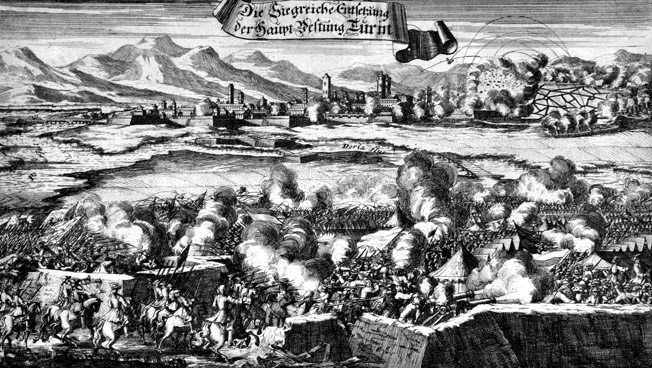
By 4 am on September 7, the allied troops drew up in battle order. Prince Johann William of Saxe-Gotha commanded the right, which in addition to his own men included Palatine, Austrian, and Dutch troops. Prince Karl Alexander of Wurttemberg led the left, composed mainly of Prussians with a multinational spearhead of grenadiers culled from different regiments led by Prince Leopold of Dessau. Latvian-born General Otto von Rehbinder led the center, with Austrian and Palatine troops. In charge of the reserve was Marquis de Langallerie. Once one of Louis XIV’s generals, Langallerie deserted after a quarrel with the king’s court and offered his sword to the Hapsburg emperor.
As soon as the allies stepped into cannon range, the French guns opened up on them, and Imperial guns responded. During the siege, French guns had employed ricochet fire to devastating effect on garrison troops in the covered ways. Cannon shot fired at nearly flat trajectories bounced and skipped, plowing through enemy troops rather than soaring harmlessly over their heads. In the open plain before Turin, the Imperial troops suffered great losses from the enemy artillery, while much of their return fire was absorbed by the entrenchments protecting the French.
Anxious from standing still while cannon balls bounced through their ranks, the foot soldiers were allowed to charge at 11 am, a bit before the commanders originally planned. As they pushed forward, they could see the French “were entrenched up to their teeth,” wrote Baron Wilhelm von Hohendorf, Prince Eugene’s adjutant.
Aiding the attackers, Count Daun sent 12 battalions of infantry through the Palace Gate. Townspeople crowded the ramparts, rooftops, and church steeples and watched the battle until the masses of troops disappeared in a thick fog of powder smoke.
Prince Eugene was in the thick of battle. A page and a valet who accompanied him were both shot dead. The prince was hurled into a ditch when his horse was shot. A wave of fear rolled through his men, but Eugene dispelled their worries by quickly rising to his feet and waving his hat to show he was unharmed.
On the allied left, the Prince of Wurttemberg’s troops overran the enemy entrenchments. They tore down gaps in the works for their cavalry to pass through. Instead of holding the line, they pushed forward, leaving the entrenchments deserted. Fortunately for them, a general in the second line detached the Austrians of the Regiment of Starhemberg, ordering them to stay in the works and turn the captured artillery on the enemy. The regiment anchored a successful repulse of a French counterattack.
In the center, the Palatines broke through and pushed the defenders back. On the right, Saxe-Gotha’s men faced more formidable works. For example, a French battalion held the Castle of Lucento, a manor belonging to the House of Savoy that served as a strong fortification.
While the Imperial troops on the right were bogged down, the French threw in their cavalry. Marshal Marsin led 15 squadrons of cavalry at the enemy lodgment near the Stura, but the Prussians repelled the French horsemen and mortally wounded Marsin. The Imperial troops also repulsed another cavalry charge, this one led by the Duke of Orleans. Twice wounded, the duke was carried off the field.
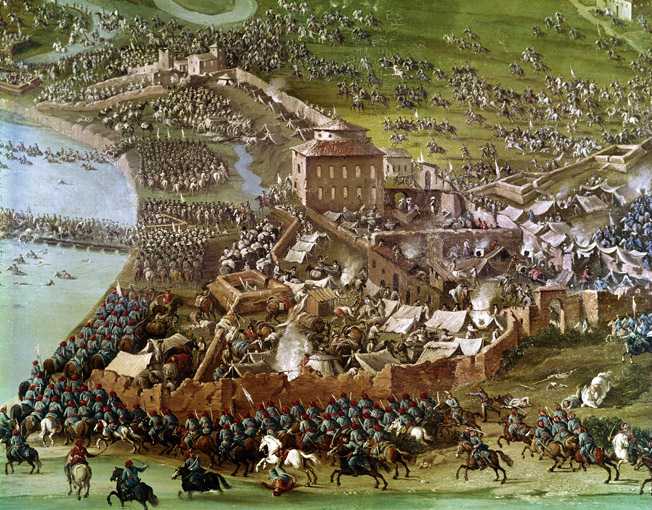
Other French cavalry charged at the center. The barricades having been torn down by the Palatines to admit the allied horse, the galloping horsemen surged through and hit Saxe-Gotha’s left flank before being turned back by the allied cavalry. Soon after, Saxe-Gotha’s troops took the entrenchments. As the French right collapsed, the allies also captured a fortified stone farmhouse that guarded one of the Dora bridges. The Castle of Lucento was not attacked as it was too strong a point to take without heavy losses of time and men. In the end, the defenders set the castle afire and rushed to join the retreat.
Their front line was gone, but la Feuillade’s men rallied behind another line of defenses, originally part of the line of circumvallation that formed the outer rim of the siege lines. A brief lull occurred while the allies brought up their artillery and allowed the second four columns of their infantry to catch up. Another charge pushed the French from their second position, and by this time the outnumbered defenders had had enough.
Crumbling into disorderly retreat, defeated troops streamed across the Po, Stura, and Dora bridges. Thirty squadrons of French dragoons, dismounted to support the infantry, were unable to recover their horses and had to leave them behind.
Oddly enough, while the great infantry and cavalry battle went on out on the plain, the siege gunners turned their backs on the whole affair and single-mindedly lobbed shots into the citadel and the town. When they learned the battle was lost, they hastily rushed away from their batteries, abandoning 12 dozen siege guns.
Although most of the French rushed across the bridges, the fighting went on until nightfall. A few batteries kept up their fire, buying time so they could destroy ammunition and supplies. Some foot battalions held on for hours, holed up in fortified cassines.
Prince Eugene surveyed the battlefield with his perspective glass, which was an early type of telescope with a single large lens that projected an enlarged image on a flat surface. Seeing the enemy troops reeling back in disorder, he told Victor Amadeus, “Italy is ours, cousin!”
The wounded Duke of Orleans was borne away to safety, but Marshal Marsin was captured. Eugene wrote that Marsin was conveyed to a house, where he lay on a makeshift bed of straw and began dictating letters to the court. He died the following day. His death may have been the result of inhaling smoke when gunpowder in an adjacent room ignited, according to multiple accounts.
French casualties ran to 2,000 dead and 6,000 captured. Among the dead were three generals. This was in addition to 14,000 casualties suffered before the climactic battle ended the siege.
The French lost a staggering amount of equipment. They lost 255 cannons and 108 mortars abandoned in the enemy siege works and the battlefield, according to one report. They lost 80,000 kegs of gunpowder, according to another account. Four captured paintings of Louis XIV, set with diamonds, were valued at 4,000 pistoles.
Allied losses in the battle were 1,800 dead and 4,000 wounded, with few prisoners taken. To these losses should be added the 6,607 casualties lost by Daun’s garrison troops during the siege. Worth noting, the casualty figure includes 2,100 deserters. The Imperial casualties numbered 1,026; as for the remainder of the casualties, they were Savoyard or Piedmont troops. An officer estimated that the garrison artillery threw 6,000 bombs, hurled 8,000 stones from its mortars, and fired 75,000 cannon discharges.
After entering the city, the victorious duke and prince of Savoy attended a celebratory mass at the Cathedral of St. John the Baptist where the famous Shroud of Turin had been kept since 1578. Around the altar were 55 captured banners. With the city in safe hands, the Turin garrison could afford blasting away their remaining powder with cannon salutes. Thousands of la Feuillade’s men finally saw the streets of Turin as they were marched through as prisoners of war.
The following day a small French army defeated an Imperial army at Castiglione in Lombardy. The German troops were commanded by Prince Frederick of Hesse-Kassel, who in 1720 ascended the throne of Sweden as King Frederick I. Louis XIV’s commanders tried to magnify the success at Castiglione, but the battle did little to further the Sun King’s hopes in Italy. Naples and Milan fell to the Grand Alliance in 1707, thereby putting much of Italy under Hapsburg control.
The Battle of Turin marked a change in the course of the war, but the long conflict had another half a dozen years to go. For Savoy’s aid to the Grand Alliance, the duchy was awarded Sicily in the 1713 Treaty of Utrecht at the end of the war. Through the later Treaty of The Hague signed in 1720, Victor Amadeus agreed to exchange Sicily with Austria for the island of Sardinia. Thereafter Duke Victor Amadeus II became King of Sardinia, also known as Sardinia-Piedmont, since its center shifted even more from old Savoy to its Italian possessions.
Victor Amadeus’s descendant, King Victor Emmanuel II, became the first king of Italy in 1861. Turin served as the first capital of the united Italy until 1865. The original region of Savoy was given to France in 1860 to reward Napoleon III for his help in driving the Austrians from Italy.
